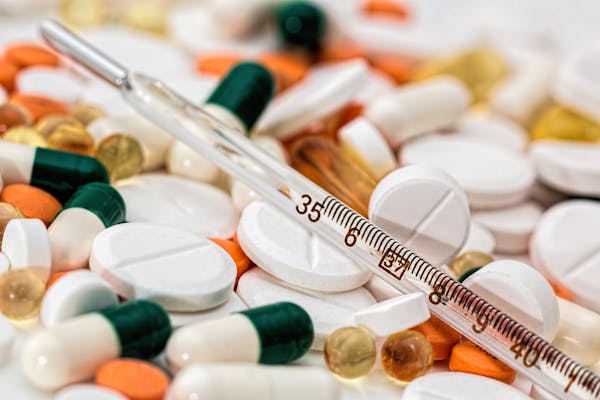by Victoria Burrows
Laboratory-produced food has the capacity to help solve one of humankind’s most pressing health threats, but will its potential be realised?
In a world without antibiotics, most of us would likely not survive past the age of 60. One in 20 babies would probably die before their first birthday, and a simple scratch or a urinary tract infection could be fatal.

It is why resistance to antibiotics is such a threat: the World Health Organization (WHO) lists antimicrobial resistance (AMR) as one of humankind’s top 10 global public health issues. Rising AMR means that common, previously treatable infections, such as respiratory and bloodstream infections, become increasingly difficult or impossible to treat.
In the first comprehensive analysis of the global impact of AMR published last year in The Lancet, researchers estimate that more than 1.2 million people — and potentially millions more — died in 2019 as a direct result of antibiotic-resistant bacterial infections. Another study estimates that as many as 10 million people could die annually from AMR by 2050.
Typically, AMR occurs naturally over time, usually through genetic changes. But the accelerated speed of the spread today is due to decades of misuse and overuse of antibiotics.
And while countries and health organisations scramble to set up guidelines and educational programmes on appropriate antibiotic use, help may be coming from an unexpected source: cutting-edge food technology.

And while what we eat may not seem directly related to antibiotic resistance, AMR emerges in a variety of settings. “AMR occurs globally due to the inappropriate use of antibiotics by pharmacists and hospitals, doctors, and in the environment, for example, with the dumping of waste,” says Dr Anucha Apisarnthanarak, professor and chief of Infectious Diseases at Thammasat University Hospital in Thailand.
** Click here to read the full-text **









